Syn.: Sedum roseum (L.) Scop., Sedum rhodiola DC.
Family: Crassulaceae J. St.-Hil.
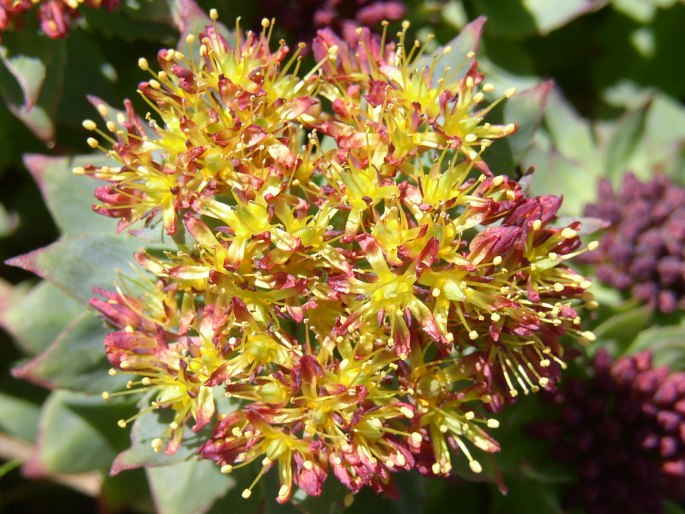
Distribution: Arctic and subarctic regions of the Northern Hemisphere, Northern Europe, Asia (Russia, Kazakhstan, Mongolia, China, Japan, Korea), Northern America, and mountains of Southern and Central Europe – Pyrenees, Alps, Carpathian.
Ecology: It grows on rocks and screes, grassy, or rocky slopes, from mountains to subalpine zone. It blooms from April to August.
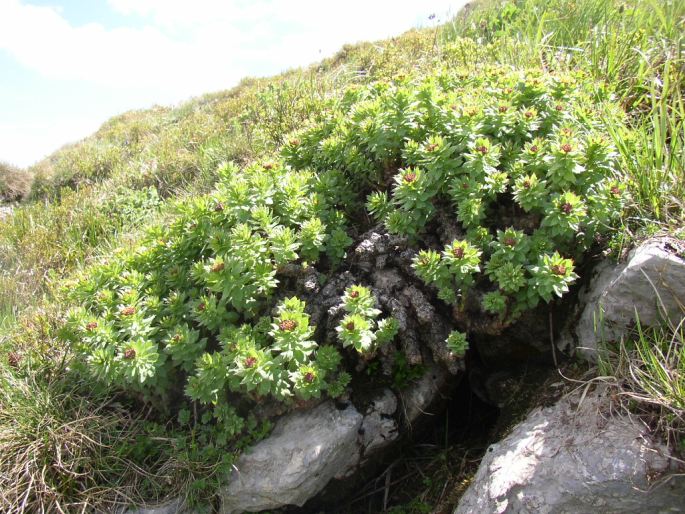
Description: A perennial herb with a robust roots and erect stems, 10–35 cm high. The leaves are oblong, elliptic-oblanceolate, or obovate, entire. Inflorescences are corymbiform or capitate, the flowers unisexual.
Threat and Protection: Rose-root is an endangered and strictly protected plant in Czechia and Ukraine.
Usage: It is often grown in rock gardens. The roots are used medicinally.
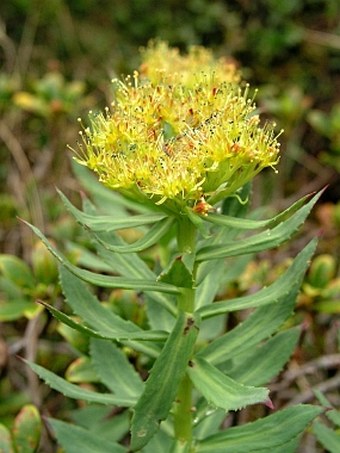
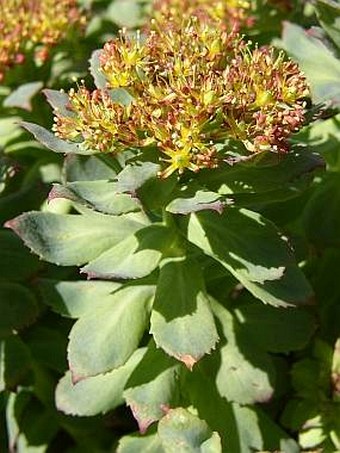
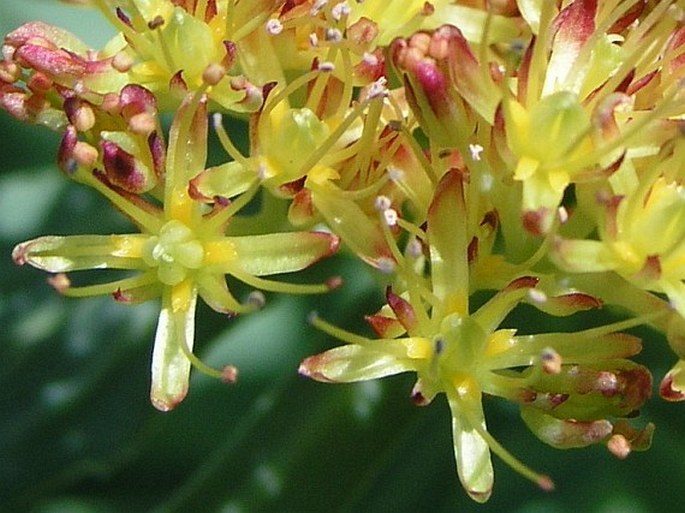
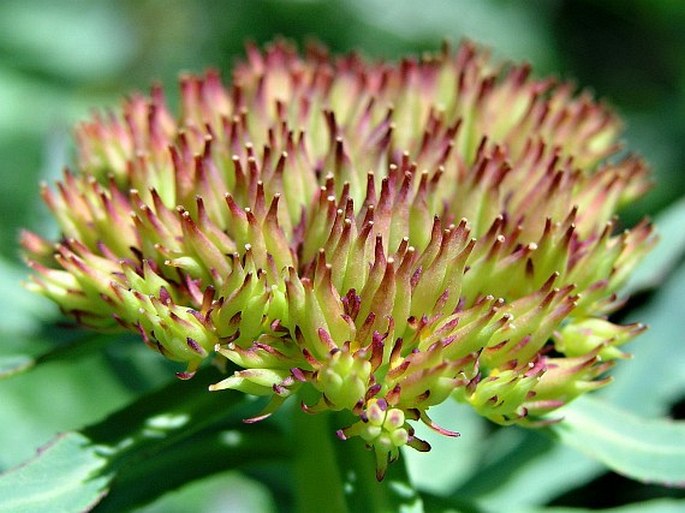
These images were taken in Slovakia, Malá Fatra (by Ladislav Hoskovec, June 14, 2004) and in Austria, Grossarl (by Alena Vydrová, June 15, 2007).


